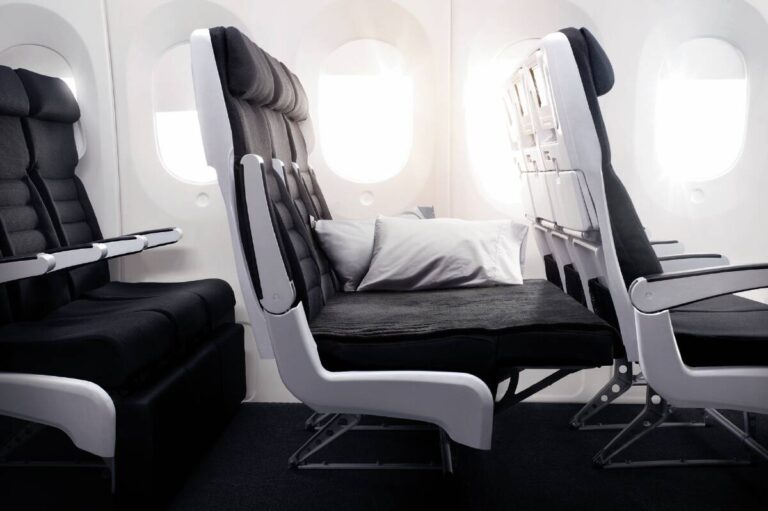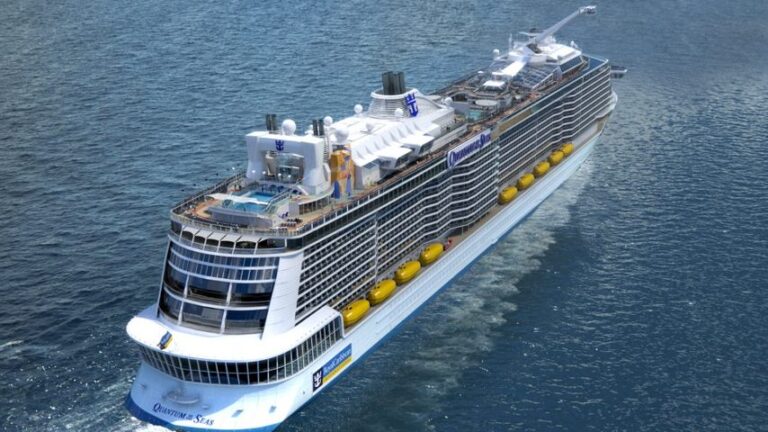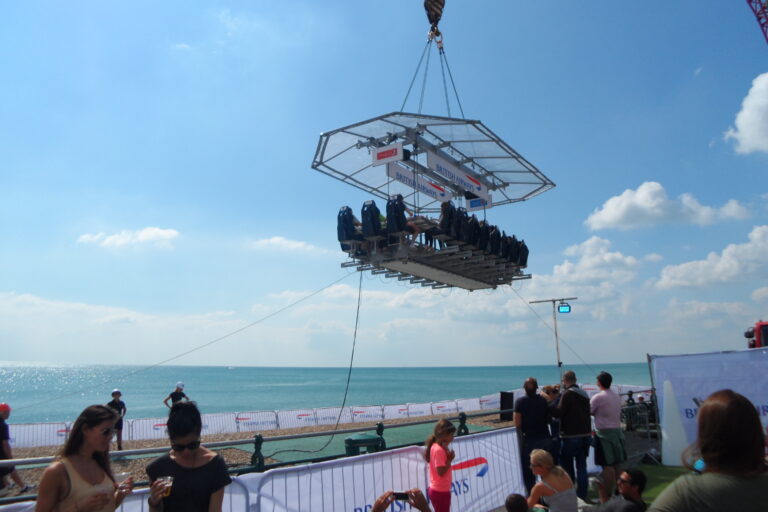Inside the world of In-Flight Entertainment
Whether you’re flying long-haul from London to Atlanta, or perhaps domestically across the US; the chances are there will be at least an in flight entertainment system at every seat. And IFE is a big thing, but how is the content actually chosen?
Airlines spend millions each year on ensuring they offer their passengers only the best content; whether that’s the latest movies, TV shows or even audio. But airlines don’t do it all by themselves. Many work with entertainment management agencies such as Spafax or GeeMedia to help with the massive task – and it’s not all about watching endless hours of movies and TV shows. Okay, that is part of it – but things such as brand relevance, international appeal and success at the ticket offices have to be taken into consideration in order for it to be recommended in the first-place.
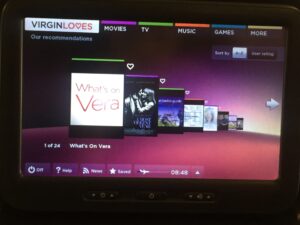
Usually airlines will update the content on their IFE systems on a monthly basis, but it’s not a quick as simply flicking a switch. You’ll probably find that content for July will start to be loaded into the system from the middle of June and the process carries on and so forth. Unbelievably, the content might actually have to be manually uploaded to each aircraft’s IFE system by nothing more than a CD or USB stick. Crazy right? But of course 500+ hours of content is a lot of data, and we know how long it can take to upload a simple video online. Well imagine that, but just on a pretty large-scale.
The majority of major airlines have partnerships with the major movie studios so they are able to add new content typically 90 days after it was released into the cinema. Typically you’ll find content will remain on the IFE system for a number of months before it is phased out.
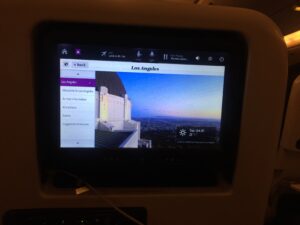
Thanks to advances in technology and that little important thing called analytics; airlines can identify what each passenger watches during a flight, aggregate the data, and see what is popular and what’s not. A great example would be that movie called Frozen. You know, the one no-one really knew what to think when it was first announced? Well, you might still find it on some IFE systems, even though it first made its debut on the highways in the sky in the spring of 2014!
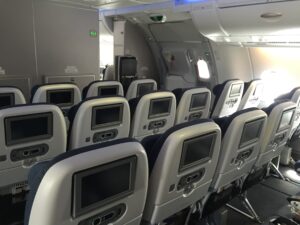
Sadly it’s not as simple as choosing the content. The next steps are for the movie to be formatted to fit the IFE screens; and did you know that some content is actually edited? Some airlines have a policy not to show any aviation disasters (common sense, right?) whilst others may choose not to show anything political. It’s up to the airlines to write the list of rules of what they will and will not show; and then the agencies will make sure it’s possible. An airline could theoretically request exclusivity rights for a particular movie or TV show for a month or so. Of course they would pay more for it, but sometimes the IFE system (and content) is enough to sway travellers when deciding between flying with airline A or B.
The same process is followed for TV shows, games and even audio content; but it’s really an eye-opening world.
If I could, I’d love to work in the IFE division for an airline or at the agencies. Whether it would be helping to design the new Graphical User Interface (GUI), selecting the content or working with the movie studios to get exclusivity rights to Frozen 2 before another airline. It would be a challenging but equally fantastic opportunity.
Note: Frozen 2 is still a long way off, but the internet is already going wild.
